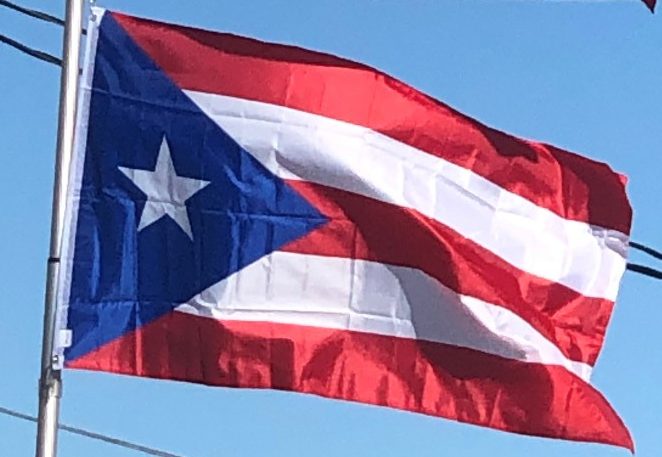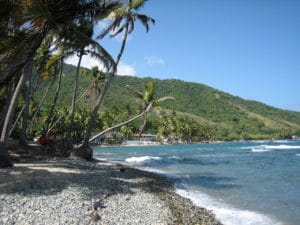
In recent years, the territory has also become a popular destination for MICE (meetings, incentives, conferencing, exhibitions), with a modern convention center district overlooking the Port of San Juan.
Transportation:
Cities and towns in Puerto Rico are interconnected by a system of roads, freeways, expressways, and highways maintained by the Highways and Transportation Authority under the jurisdiction of the U.S. Department of Transportation, and patrolled by the Puerto Rico Police Department. There are three freeways funded under the Interstate Highway System, number PR1 – PR3.
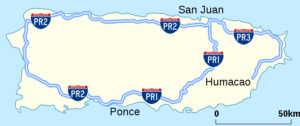
The island’s metropolitan area is served by a public bus transit system and a metro system called Tren Urbano.
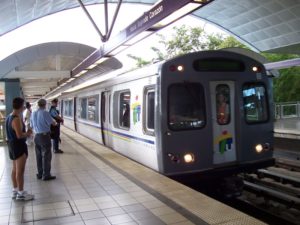
Other forms of public transportation include seaborne ferries (that serve Puerto Rico’s archipelago) as well as Carros Públicos (private mini buses).
Puerto Rico has three international airports, the Luis Muñoz Marín International Airport in Carolina, Mercedita Airport in Ponce, and the Rafael Hernández Airport in Aguadilla, and 27 local airports. The Luis Muñoz Marín International Airport is the largest aerial transportation hub in the Caribbean.
Flag of Puerto Rico:
The origins of the current flag of Puerto Rico, adopted by the commonwealth of Puerto Rico in 1952, can be traced to 1868, when the first Puerto Rican flag, “The Revolutionary Flag of Lares“, was conceived by Dr. Ramón Emeterio Betances and embroidered by Mariana “Brazos de Oro” Bracetti. This flag was used in the short-lived Puerto Rican revolt against Spanish rule in the island, known as “El Grito de Lares”.

Juan de Mata Terreforte, an exiled veteran of “El Grito de Lares” and Vice-President of the Cuban Revolutionary Committee, in New York City, adopted the flag of Lares as the flag of Puerto Rico until 1895, when the current design, modeled after the Cuban flag, was unveiled and adopted by the 59 Puerto Rican exiles of the Cuban Revolutionary committee. The new flag, which consisted of five equal horizontal bands of red (top and bottom) alternating with white; a blue isosceles triangle based on the hoist side bears a large, white, five-pointed star in the center, was first flown in Puerto Rico on March 24, 1897, during the “Intentona de Yauco” revolt. The use and display of the Puerto Rican flag was outlawed and the only flags permitted to be flown in Puerto Rico were the Spanish flag (1492 to 1898) and the flag of the United States (1898 to 1952).
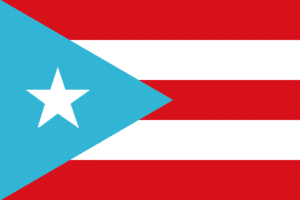
In 1952, the Commonwealth of Puerto Rico adopted the 1895 flag design as its official standard. The color of the triangle that was used by the administration of Luis Muñoz Marín was the dark blue. In 1995, the government of Puerto Rico issued a regulation regarding the use of the Puerto Rican flag titled: “Reglamento sobre el Uso en Puerto Rico de la Bandera del Estado Libre Asociado de Puerto Rico”, in which the government specifies the colors to be used but does not specify any official color tones or shades.
